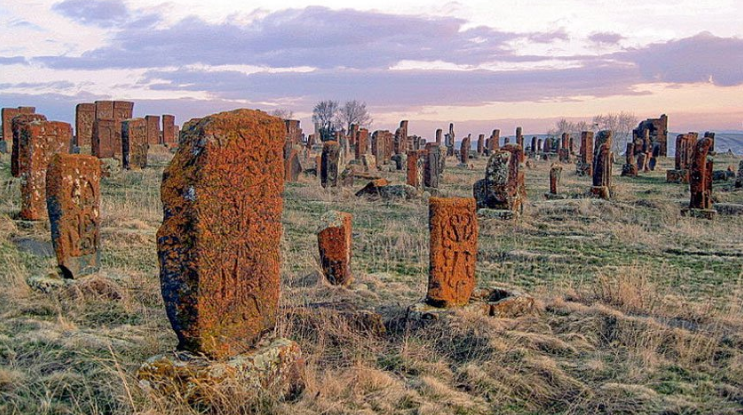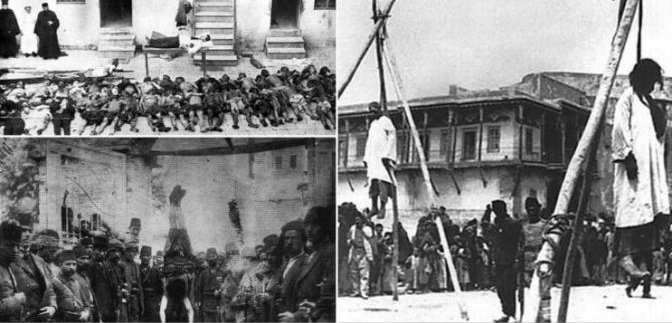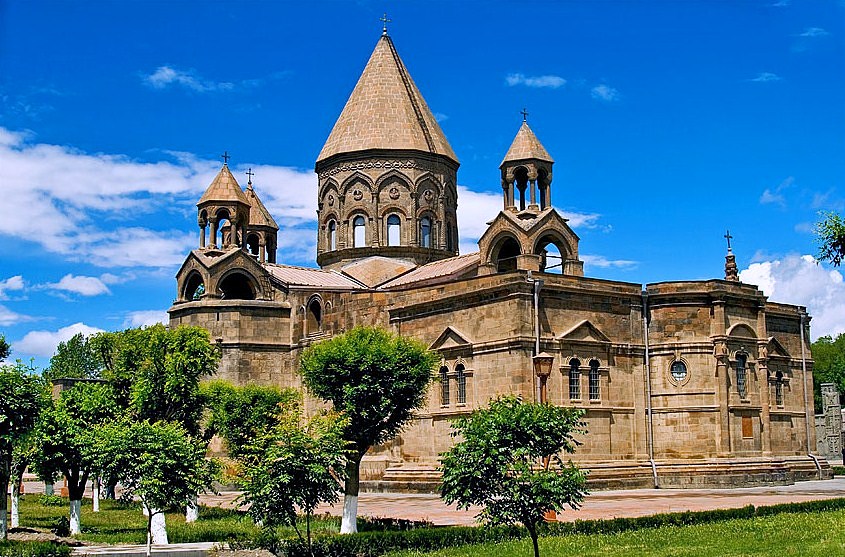The ancient village of Noratus, in the Gegharkunik region of Armenia, is a hidden gem with a number of historical monuments. The modern village was established in 1829, but it was first declared a settlement in the Middle Ages , and there are both Bronze and Iron Age monumentsin the village.
Many people believe Noratus was first built by Gegham Nahapet, whose ancestor Hayk Nahapet is an important figure in Armenian history . The name Noratus translates simply to ‘new houses’.
At the southern edge of the village lies the St. Grigor Monastery. The monastery is generally attributed to the 13 th century, but the construction materials and building methods indicate a much earlier date of sometime before the 10th century.
The St. Astvatsatin Church at the heart of the village was built during the 9 th century for a prince of Gegharkunik. The exquisitely constructed vaulted hall is built from stone, but despite the beauty of the church itself, the real treasures lie in the churchyard which is home to the biggest number of khachkars in the Republic of Armenia.
Khachkars are a kind of elaborately carved stone cross, inspired by the art of obelisk carving, they have a fascinating history but some of the oldest and most interesting are in the graveyard at St. Astvatsatin.
Read more HERE







































